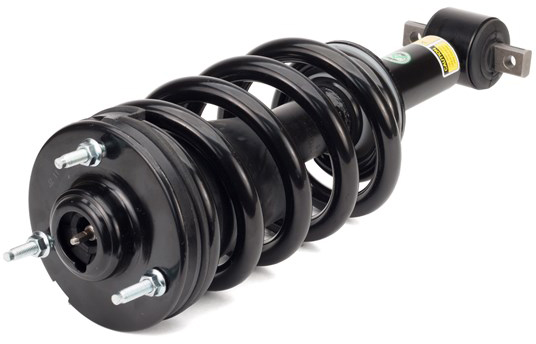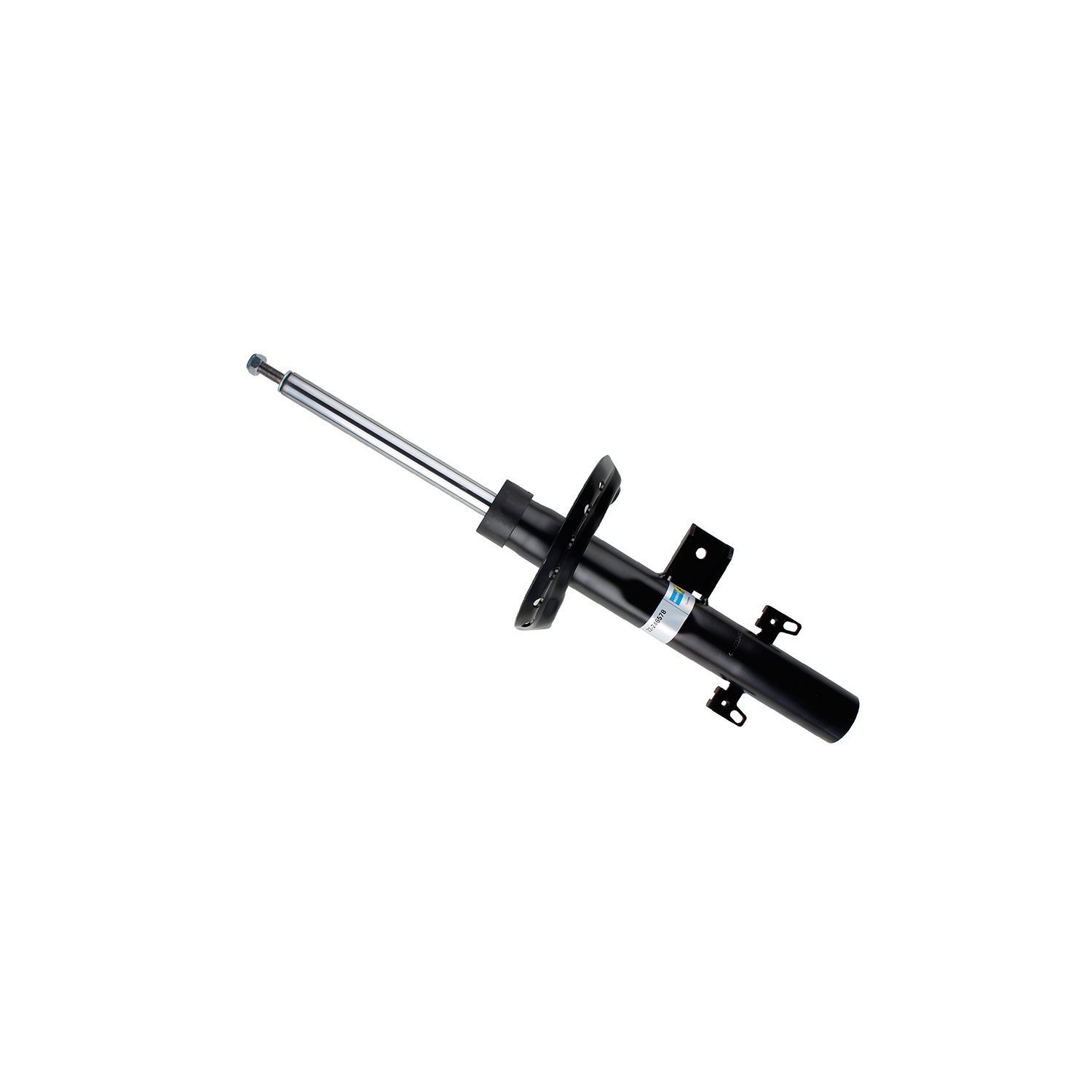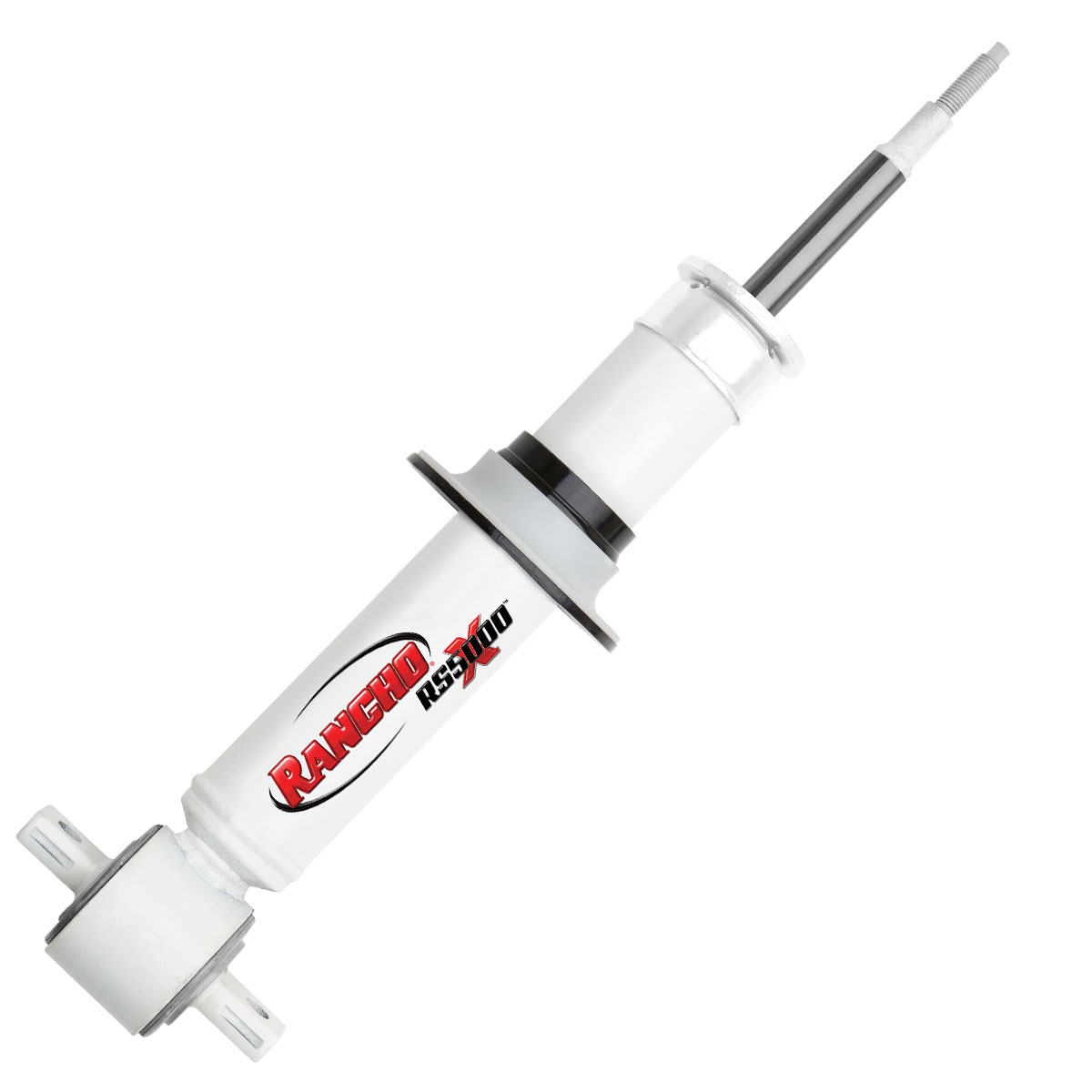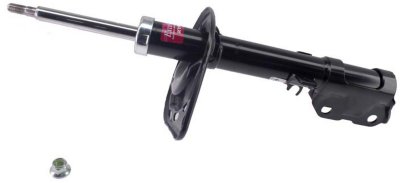The time has come for you to purchase a new set of struts for your car. As you’re shopping around, you notice that there are so-called “loaded” struts available alongside traditional, unloaded struts.
What’s the difference between these two options—and which is the best choice for your vehicle? Let’s find out.
What is a Strut?
Before you can understand the difference between loaded and unloaded struts, it helps to understand struts in general. Struts are very similar to traditional shock absorbers in that they dampen oscillations from the car’s suspension springs. There is one shock absorber or strut at each corner of the vehicle.
The primary difference is that, unlike shocks, struts also act as a structural part of the suspension system. Front struts provide a pivot point for the car’s steering system, as well.

What’s more, most struts are housed together with a coil spring as a single assembly. The most common type of strut assembly is called a MacPherson strut. A typical MacPherson strut assembly includes the following components:
- Strut
- Coil spring
- Upper and lower spring insulators
- Bump stop
- Mount
- Dust cover
- Bearing (front struts only)
There is also another, rather uncommon, type of strut assembly called a modified strut. Modified struts do not incorporate a coil spring. Instead, the coil spring typically mounts to the car’s lower control arm.

Loaded vs. Unloaded Strut
Chances are, you’ll need to choose between either a loaded or unloaded strut when shopping for a replacement. What’s the difference between these two options? The answer is pretty straightforward:
- A loaded strut (also known as a quick strut) comes as an assembly with everything pre-installed, including the coil spring, mount, etc.
- An unloaded strut does not come as an assembly—all you get is the strut itself.
Loaded struts have several benefits, one of which is that they’re relatively easy to install. Unlike unloaded struts, which require disassembly with a special spring compressor tool, loaded struts come pre-assembled and ready to install.
Another benefit of loaded struts is that you get all-new parts (i.e., coil spring, mount, etc.) along with the strut itself. That means all parts of the assembly that are worn-out get replaced at the same time.
The downside is that loaded struts cost more than unloaded struts. But if you’re paying a professional to replace the struts for you, the price difference between the two options is often negligible since loaded struts require less labor to install.

Should You Choose a Loaded or Unloaded Strut?
Now that you know the difference between a loaded and unloaded strut, you may be wondering which option is best for you. To answer that question, you’ll want to consider the following:
- Loaded struts are easier to install than unloaded struts
- Only loaded struts come with all new parts (i.e., spring, mount, etc.)
- Unloaded struts cost less than loaded struts
- Usually, only unloaded struts require a dedicated spring compressor tool to install
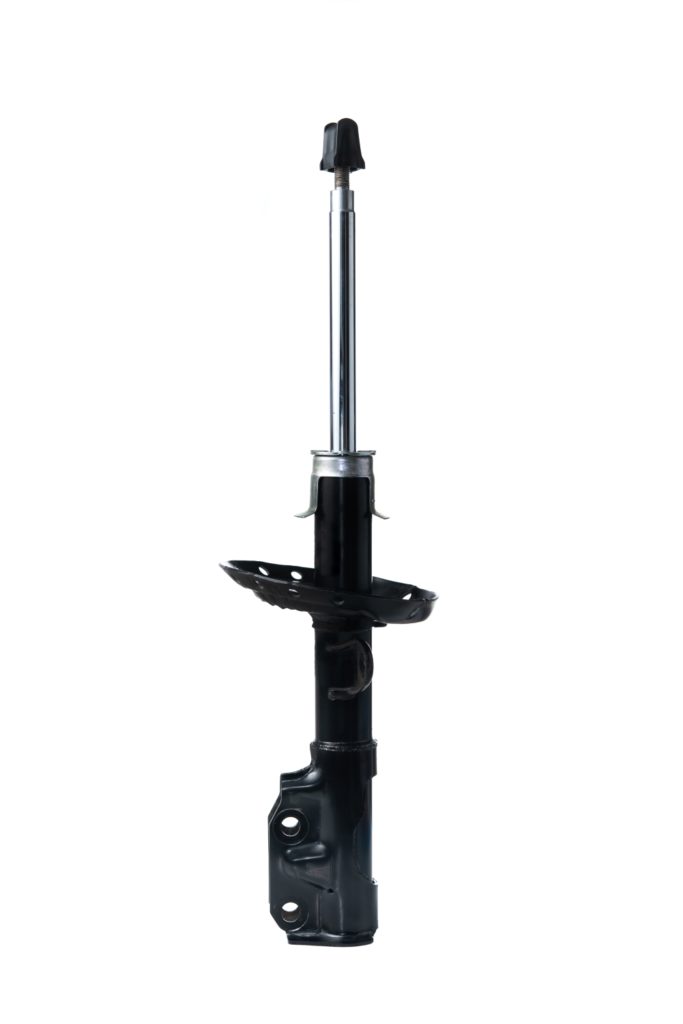
But wait—what if you’re having a professional replace the struts for you? Ask them for an estimate for both loaded and unloaded options. When factoring in the cost of labor, you may find out that going with a set of loaded struts is the most affordable option.
Get Replacement Struts that Fit Your Vehicle
Loaded or unloaded, struts are an essential part of your vehicle’s suspension system. Replacing defective ones is important if you want to keep the system’s structural integrity intact and, of course, if you want a smooth ride while driving. Not replacing damaged struts can easily spell disaster. If the damaged struts fail while on the road, your vehicle might continue to drive forward even while braking, bounce uncontrollably while driving over uneven surfaces, and have bad steering response. Thankfully, CarParts.com offers a wide variety of quality aftermarket struts.
You can order with confidence using the CarParts.com built-in vehicle selector. This allows you to find struts that are guaranteed to fit your ride. Our parts are sourced from only the best manufacturers in the industry to ensure high quality. We also allow for returns for up to 60 days in case the part doesn’t fit your vehicle.
Don’t take any risks with faulty struts. Order new struts at CarParts.com today.
Shop this Project






Any information provided on this Website is for informational purposes only and is not intended to replace consultation with a professional mechanic. The accuracy and timeliness of the information may change from the time of publication.



